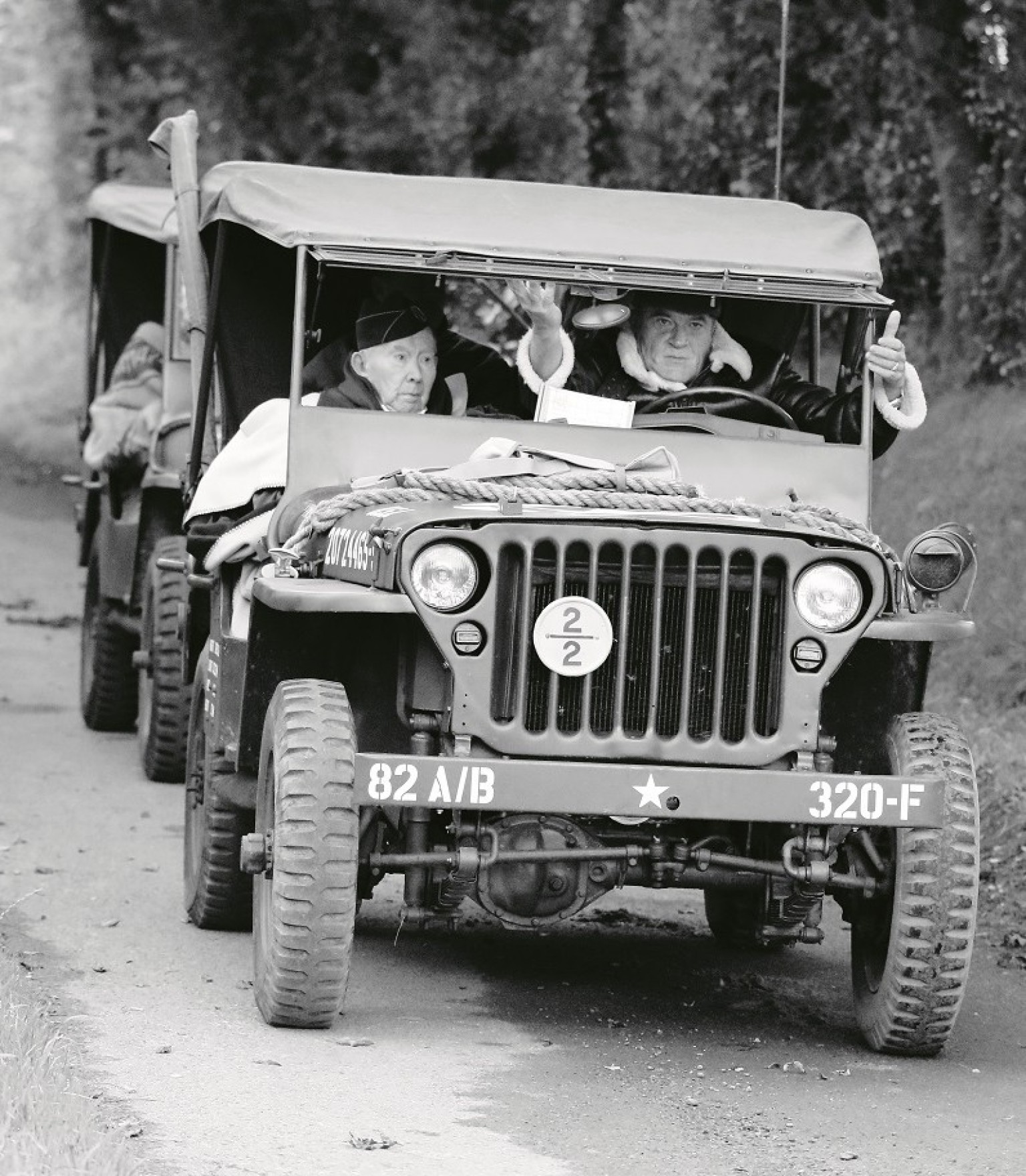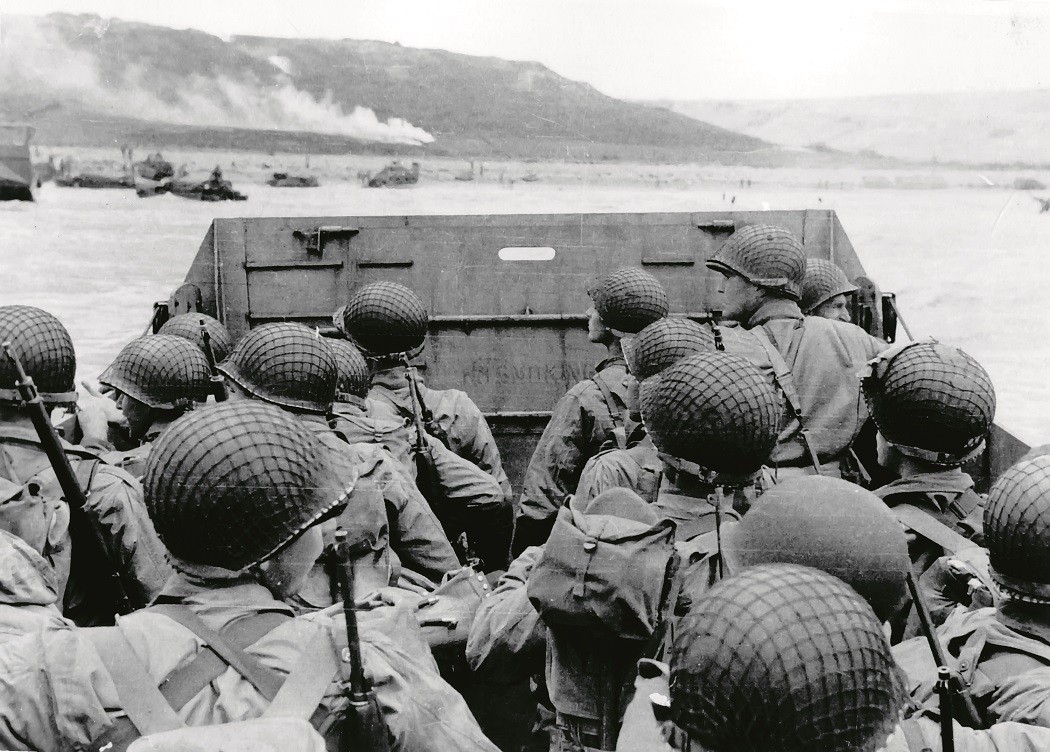After three days of touring out-of-the-way museums and bunkers and secret spots only men who had fought on the beaches could know about, it was time to head home. Knowing they would soon be saying goodbye wasn’t easy for either group.
“They both fell flat-smooth in love with Kerry!” Clarence Scharbauer says with a warm laugh. “She made sure they had their blankets on when they were in the Jeeps, that Joe had his pint of Guinness at night. Joe even asked me when we got back to Midland, ‘Can I take her home?’ And I said, ‘Well, we’ve been married for 43 years. I don’t know, Joe.’”
As the men boarded the aircraft, they couldn’t have known they were helping the Scharbauers fulfill a vow Clarence Scharbauer had made in a speech at the delivery ceremony for the Challenger 300 jet, the last one built before the
Challenger 350 entered into service.
“I told Bombardier that day that this airplane wouldn’t just be for doing business. When we can help, we’re going to help,” says Scharbauer, who is on the board of Texas Christian University (and had the aircraft painted with a TCU purple and black stripe). “I love these guys, and I love what they represent and what they did for this country.”
Adds Kerry Scharbauer, “It was a blessing to have them on that plane and know that they were comfortable. We put them in those front seats that can recline. They could lie back and put their feet up. We had them covered with blankets. They took naps. Even though Art’s a really tall man, he could almost stand up in our plane. He could get up and move about in the cabin and get some circulation going.”
No matter how veterans return from The Greatest Generations Foundation programs overseas, it’s only the beginning of their journey.
“When they come home, they’re able to say to the families, ‘Here’s what happened. Here’s my story,’” says Davis. “Some of them haven’t talked about their wartime experiences for 70 years.” They also continue to share their stories and those of other veterans with the public. “How we engage them back into the community throughout the United States – we feel strongly about this – we’ve extended their lives. They’ve got something to fight for: their legacies.”
The men also reunite, courtesy of The Greatest Generations Foundation, at NASCAR events, and at professional football and baseball games. And the efforts won’t end when the World War II veterans fade away. Davis points out that there’s a reason the name of the foundation is plural: Generations. Veterans who fought in Vietnam will be its next big focus. Men like Arthur Staymates and Joseph Reilly are joining TGGF’s efforts to create new programs and get the next wave of veterans back to visit the battlegrounds of Vietnam.
“The men who participate in TGGF programs overseas all come home with the same goal, the same mission,” Davis says. “How can I help the next group of veterans?”
This story was originally printed in issue 26 of Experience magazine published May 18, 2016. Arthur Staymates passed away April 23, 2017.









